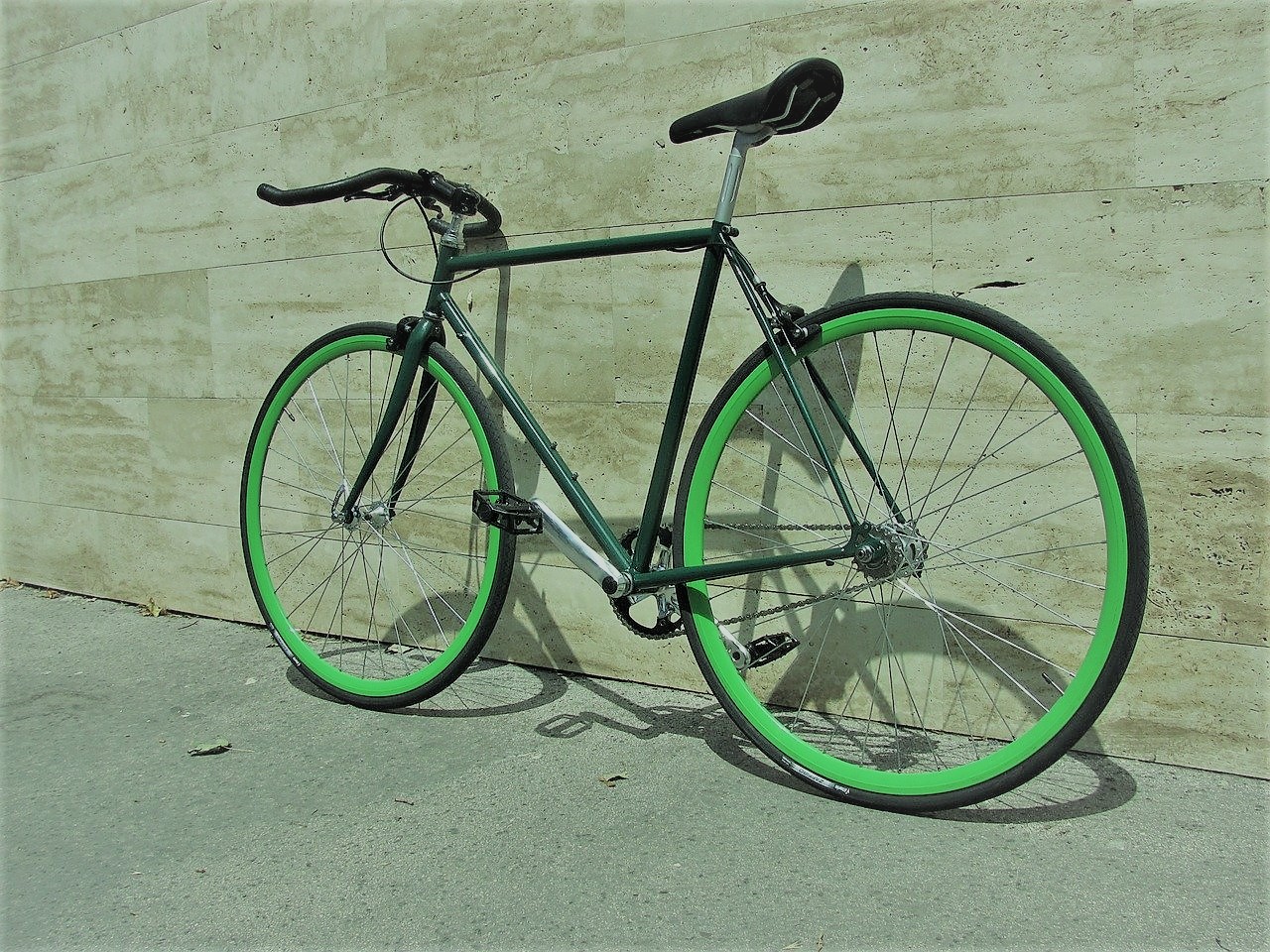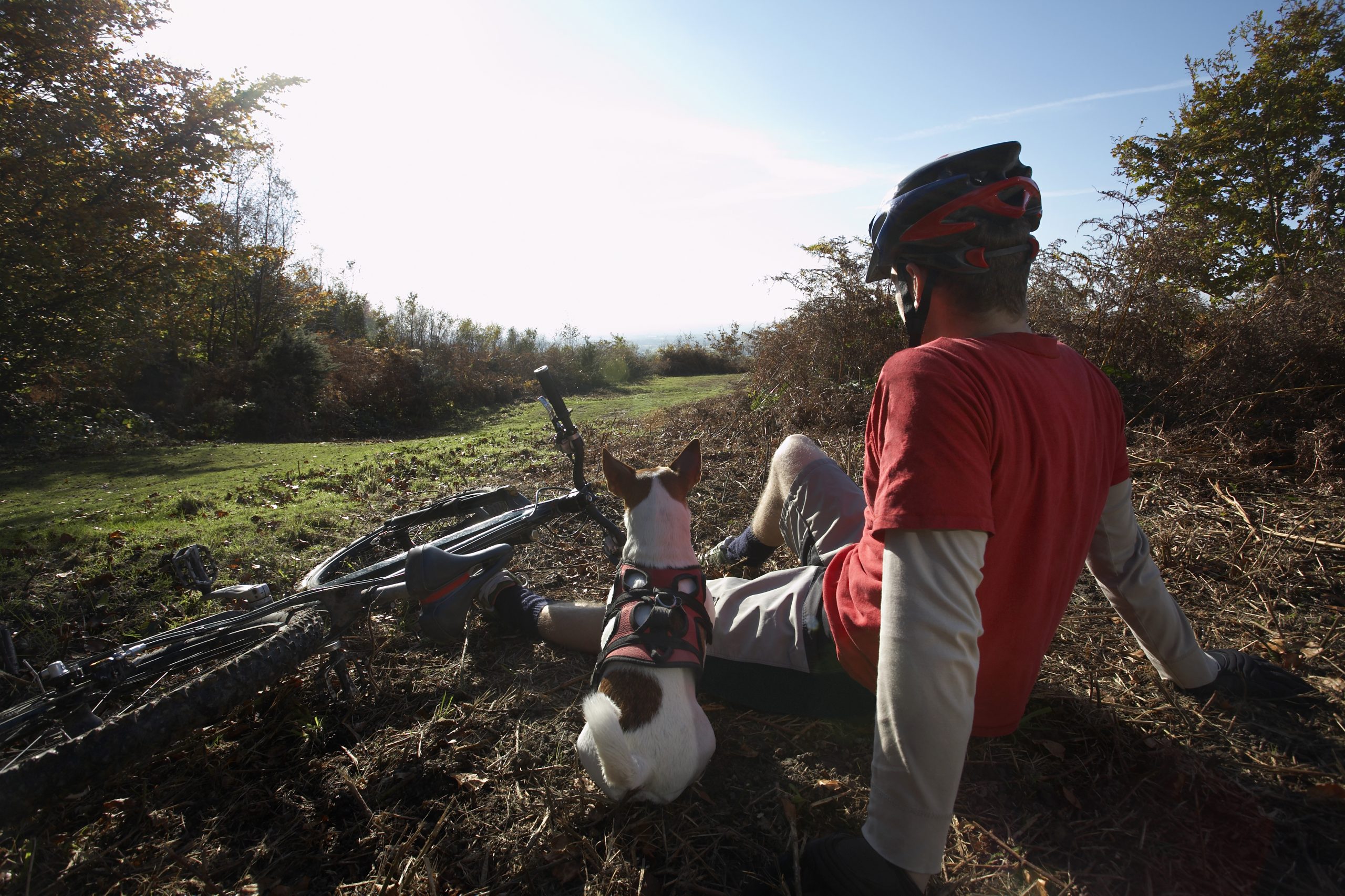How to Ride a Road Bike for The First Time: A Definitive Guide
January 8, 2024
2269 Views
1 comment
SaveSavedRemoved 0

Table of Contents
A Road bike has been gaining popularity among cyclists over the past few years, making it one of the most sought-after types of bikes in the market. If you are looking for guidelines to tell you how to start riding a road bike for the first time, there are numerous tips and tricks available online that guide you through your first ride.
Road bikes’ unique features make them ideal for cruising on well-paved and flat roads. Unlike other bikes, road bikes can travel long distances with impressive speed and control, thanks to their aerodynamic design. That’s why the Tour de France, the most popular bike tournament in the world, heavily focuses on road bike races to determine who is the world’s best cyclist. If a thrilling ride is your passion, road bikes should be on top of the list.
Road cycling is gaining more ground with both novice and professional cyclists, however, mastering the art of road biking can be somewhat challenging, especially for novice cyclists. Though the sleek design of road bikes, with their thin tires, allows for high speeds and minimal drag, it also makes them more susceptible to accidents or injuries than other types of bikes, like mountain or hybrid bikes.
To start riding a road bike safely and efficiently, you must learn techniques and gain experience to control your balance on the road. The initial experience of cycling a road bike is critical, as it can either ignite a passion for cycling or discourage you from doing so. Therefore, keep in mind that you need to start off correctly to enjoy the ride fully.
If you are an experienced mountain biker who is looking for a challenge in road biking, you should expect a completely different experience. Typically, mountain bikes are designed for cruising on rough terrain with thick, knobby tires and front suspension, while road bikes have thin, smooth tires and no suspension. Therefore, riding on a road bike can be more intense, as the lack of suspension results in all bumpy forces being transmitted directly to you through the handlebars, pedals, and saddle.
Additionally, you may need to master some key skills including maintaining a high cadence, using proper body position, and staying aware of traffic and road conditions. With a little practice, though, you will soon be cruising down the road with ease and enjoying the thrill of a whole new cycling experience.
Whether you are planning to ride your road bike to work, explore the countryside, or even get fit, our cycling tips will help you make the most of your road biking experience more favorable. even if you are an experienced cyclist, you can still benefit from our tips by using them to assess your skills and preparation before hitting the road. Thus, get ready to pedal your way to success with our comprehensive guide to cycling for beginners!
*** Need some reviews to buy a decent road bike? Check out this
 Alternatively, you may use the following formula to determine the right frame size; Leg Inseam (in cm) x 0.7 = frame size (in cm). If you are not familiar with this DIY approach, you may consult a nearby bike shop to do a professional bike fitting for you.
Alternatively, you may use the following formula to determine the right frame size; Leg Inseam (in cm) x 0.7 = frame size (in cm). If you are not familiar with this DIY approach, you may consult a nearby bike shop to do a professional bike fitting for you.
9 Tips for riding a road bike for the first time
-
Do the bike fit
 Alternatively, you may use the following formula to determine the right frame size; Leg Inseam (in cm) x 0.7 = frame size (in cm). If you are not familiar with this DIY approach, you may consult a nearby bike shop to do a professional bike fitting for you.
Alternatively, you may use the following formula to determine the right frame size; Leg Inseam (in cm) x 0.7 = frame size (in cm). If you are not familiar with this DIY approach, you may consult a nearby bike shop to do a professional bike fitting for you.
-
Get your protective gear ready
-
Perform a bike inspection
-
Plan your cycling route ahead
-
Find a cycling partner
-
Ride uphill and downhill
-
Watch out for a dehydration
-
Strictly follow the traffic rules
9. Learn how to shift gears on your road bike
Shifting gears on a road bike might seem daunting for beginners, but with a little practice, it becomes second nature. Proper gear shifting is essential for a smooth and efficient ride, whether you’re tackling hills or cruising on flat terrain. Here’s a beginner-friendly guide to get you started:- Understand Your Gears: Most road bikes have two sets of gears – the front chainrings and the rear cassette. The front gears control major changes in resistance, while the rear gears fine-tune it.
- Start in a Low Gear: When you begin riding or encounter a hill, use the small chainring in the front and a larger cog in the rear. This combination provides an easier pedaling experience, giving you more control.
- Shift Gradually: As you gain speed, shift to higher gears by using larger chainrings in the front and smaller cogs in the rear. This increases resistance, allowing you to cover more ground with each pedal stroke.
- Anticipate Terrain Changes: When approaching an uphill, shift to a lower gear before you feel the strain. Similarly, shift to a higher gear before descending or riding on flat terrain to maintain momentum.
- Practice Makes Perfect: Experiment with gear shifting in a safe environment to get comfortable with the process. Remember, it’s normal to make mistakes in the beginning, so don’t be discouraged.







Why don’t you mention shifting gears in your Tips for Riding a Road Bike for the first time.
Whether a beginner or someone who only has ridden a hybrid, transitioning to road bike gear controls is actually quite challenging.